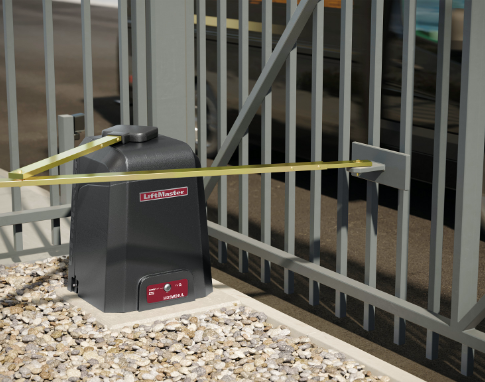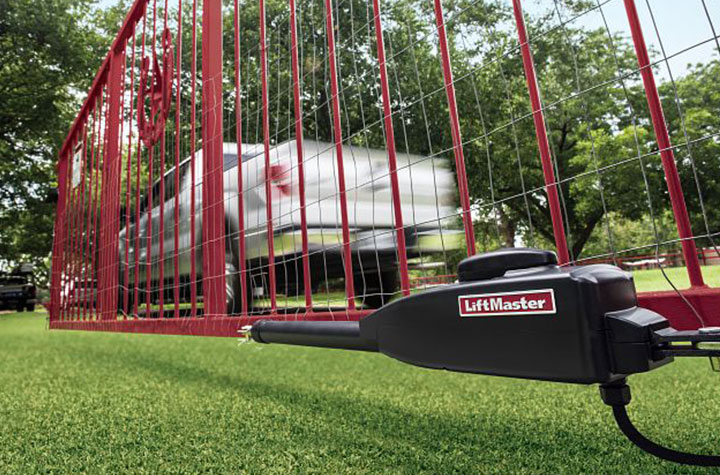Can a Crash Rated Bollard Be Both Secure and Aesthetically Pleasing?
For decades, the primary function of perimeter security was the same: to protect. This often means that aesthetic considerations were...

For decades, the primary function of perimeter security was the same: to protect. This often means that aesthetic considerations were an afterthought, leading to the installation of obvious, industrial looking fixtures that can detract from the architectural character of a property. The mere mention of crash rated bollard brings to mind images of giant steel posts, purely utilitarian and impressive to look at. However, the landscape of security design is undergoing profound change. An important question now faces architects, urban planners and safety consultants: Is it possible for crash rated bollards to fulfill their protective role and at the same time make a positive contribution to the built environment? The answer is a resounding yes. Evolution of materials and design philosophies have made it increasingly possible to integrate high-performance security into any setting without compromising security or style.

The Evolution from Pure Utility to Integrated Design
Historically, security infrastructure was designed with one goal in mind: stopping a threat. The result was often a product that, while effective, was disturbing to look at. These obstacles sent a clear, albeit uninvited, message of fortification. Today the approach has matured. There is a growing recognition that the visual language of a place matters as much as its physical security. A well-designed environment can promote a sense of well-being and community, which is itself a component of safety. Therefore, the challenge became one of engineering and design innovation – to create products that meet rigorous certification standards without looking like they belong to any military complex. This change has led manufacturers to explore new forms, materials and finishes that allow a crash rated bollard to blend into or even enhance its surroundings.
The Engineering Behind the Elegance
The main requirement of any crash rated bollard is its ability to withstand a specific level of impact from a vehicle, as defined by various international standards. This performance is achieved through deep foundational engineering, often involving a significant concrete base buried beneath the ground and a high-strength steel core. The true artistry lies in covering this strong internal structure with an outer shell that is anything but industrial. Modern manufacturing techniques allow the application of decorative covers, sleeves and coatings. A bollard that appears to be crafted from sleek stainless steel, warm bronze, or even decorative cast iron can easily conceal a high-tensile strength core. This means that the same post that can stop a multi-ton vehicle can also reflect the historic charm of a town square or the minimalist aesthetic of a corporate campus.
Material innovations are expanding the possibilities
The palette of materials available for designing security bollards has expanded dramatically. Beyond traditional steel, we now see the use of polymers, composites, and advanced alloys that offer both durability and design flexibility. These materials can be molded, colored, and textured to mimic more traditional architectural elements. A bollard can be designed to resemble a historic lantern, a piece of abstract sculpture, or a simple, sophisticated column. Integrating lighting is another powerful tool; Crash rated bollards can include internal or top-mounted LED lighting, which serves as a guide at night while maintaining their protective function during the day. This multifunctional approach is the key to achieving aesthetic integration, transforming an essential security feature into an asset for the landscape.
Balancing aesthetics with a comprehensive security plan
It is important to view bollards not as standalone objects, but as integral components of a larger system of security barriers and gates. The most effective security design is a layered design, where multiple elements work together. A set of beautifully designed bollards can control vehicle access to a main entrance, while complementary security barriers and gates manage pedestrian flow or secure a separate service yard. The aesthetic theme should be consistent across all these elements. A cohesive design strategy ensures that security feels built-in and thoughtful, rather than tacked on as an afterthought. When the entire suite of security barriers and gates share a common design language, from primary crash-rated bollards to perimeter fences, the result is a safe environment that feels unified and intentionally designed.
The future of security design
The trajectory of security infrastructure is clear: the dichotomy between security and aesthetics is false. The market now demands solutions that do both. Future innovations will likely focus on even greater integration of technology and design. We can look forward to bollards with smart materials that can change color or display digital information while maintaining their crash-rated integrity. The goal is to create an environment where people feel safe without being constantly reminded of the dangers they are protected from. This requires close collaboration between security engineers, architects and designers from the very beginning of a project. When these disciplines work together, security becomes an invisible but powerful layer of design, not a disruptive addition.
Conclusion
The question of whether a crash rated bollard can be safe and aesthetically pleasing has definitely been answered by advances in modern engineering and design. The era of having to choose between safety and visual appeal is over. Through innovative use of materials, cladding, lighting and a holistic design approach that treats all security barriers and gates as part of a holistic whole, it is entirely possible to create secure perimeters that are beautiful, welcoming and also context-sensitive. The most successful security solutions are the ones you barely notice; They protect people and property while respecting and enhancing the character of the space they occupy. In the modern world, true security design is one that provides unwavering security without sacrificing the human experience of space.



